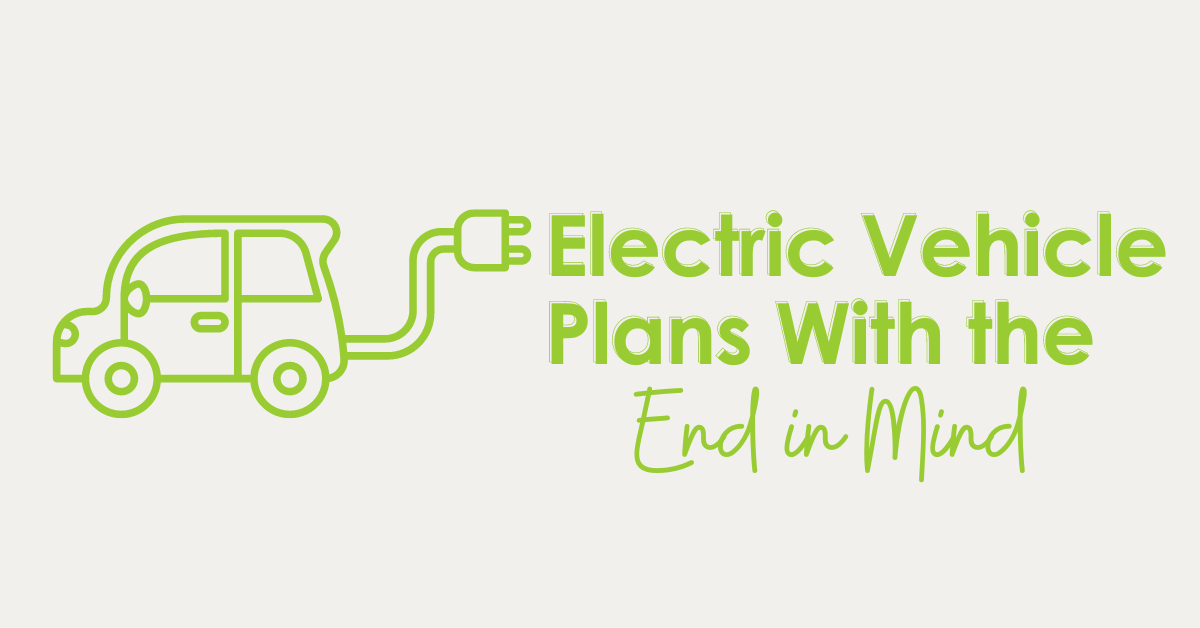
This week I’m repackaging recent news on electric vehicle (EV) developments – market, technical, and utility impacts. I like to look at scale (macro) rather than ubiquitous siloed micro thinking. Is it realistic to scale rare earth mineral mining, battery manufacturing, and battery disposal? What about charging logistics, third-world labor, and grid impacts?
Breaking the Grid?
Let’s start with the revelation that force, in the form of mandates, will break things. An aeronautical engineer’s piece in Energy Central, says EVs, at scale, will break the grid. He notes that the Biden regime is developing restrictions requiring the market share of EVs to be 64% by 2032. They have a 5.8% market share now.
He describes some mathematics to estimate that the electricity required to power EVs would double grid requirements and add peaky charging times. With additional math, he notes that the electricity generation required to power half our fleet in twenty years would require annual additions of 13.3 GW (266 GW), operating at an 85% load factor. This would require a 30x increase in power plant construction; remember, this covers only 50% of the fleet. This is why I wrote that nuclear power is the only way to decarbonize at a reasonable cost. Wind, solar, and batteries for storage will never get us there.
Not Breaking the Grid?
As a counter to the engineer, a journalism major says EVs won’t break the grid and that we shouldn’t blame them for teetering on the edge of blackouts in California. I haven’t blamed EVs for blackouts, but it is rich to know the most zealous state of EV devotees is already asking EV owners to curtail charging to avoid blackouts.
He writes that EVs will not break the grid because of managed charging and time-of-use rates. Think at scale. Managed charging will help for a while until we get to 5% EVs on the road (we’re currently at about 1%). Say the journey to fleet electrification is equal to crossing the Atlantic from Florida to Portugal. Comparatively, managed charging will only get us to the continental shelf off the coast of Florida.
Eighty percent of EV drivers charge at home because it’s convenient. When are cars at home, and when does the sun produce electricity? Duck curve. Charging is needed where the cars are when the sun shines. I see two options: “trickle charge” a battery in the garage at home to charge the EV battery at night or massive buildout stations in parking lots and garages. The storage option may be less expensive because it would maximize the value of existing poles, wires, substations, and transformers.
On Mandates
Why are mandates needed? See what “liberal” Ana Kasparian with The Young Turks had to say about California’s aggressive move to ban the internal combustion engine (ICE) for light vehicles. *Caution* she uses many F-bombs to make her point.
Here is a glimpse of EV penetration to date[1][2][3][4]:
- California EV sales as a percent of total 2011-2022 = 6.3%
- California EV sales as a percent of total 2022 = 17.5%
- United States EVs as a percent of total light vehicles = 1.1%
Ms. Kasparian is not alone. Here are some statistics from an April 2023 Gallup nationwide poll:
- 43% might consider purchasing an EV
- 41% will not consider purchasing an EV, i.e.,
- 84% would probably never buy an EV, including,
- 71% of Democrats[5]
- 61% think EVs improve the climate little or not at all
Electric vehicles must win on their merits and not be foisted onto everyone. It’s fine if I can park my car in the garage every night. Traveling is another thing, for business or pleasure. Think of all the planning you need to do, and add where, when, and how long to charge, and the uncertainty around that, say in downtown Chicago, where the hotel only allows valet parking and who knows where? I like traveling but I hate planning. I kid you not – my typical nightmare includes scenarios where I can’t get my luggage packed, I forgot my running gear, I can’t find the airport gate for my flight, and/or I’ll never make it on time. Those are my nightmares and I have no control over them.
Equity & Exploitation
Equity will be a challenge as lower-income folks, especially in rural areas, rely on inexpensive older automobiles for transportation. A complete ban on internal combustion engines would end the ten-year-old car market for these folks.
The Li-ion battery industry, not just for automobiles, needs to correct the exploitation of minerals and unsafe and inhumane abuse of the southern hemisphere. Teri Lutz will provide a guest post on the Rant to cover these topics next week.
End In Mind
Plans to decarbonize and electrify need to start with the end in mind. That means thinking at scale, not thinking small like a bazillion lab experiments. Just because I can make a battery with a potato doesn’t mean it’s ready to power our lives.
The intermittency of renewable generation and electrification of everything will never work, except in space where it’s the only choice. Start with eliminating the intermittency of supply. There will still be plenty of need for load reduction, shaping, shifting, shimmying, shedding, and storage.
[1] https://electriccarsreport.com/2022/11/cumulative-2022-ev-sales-in-california-in-q3-surpass-total-ev-sales-in-2021/
[2] https://wolfstreet.com/2021/02/12/california-new-car-truck-sales-plunged-21-7-in-2020-far-worse-than-us-total-even-tesla-sales-fell-nissan-sales-collapsed-but-ev-market-share-rose-to-6-2/
[3] https://centerforjobs.org/ca/zev-reports/states-progress-on-zero-emission-vehicles-zev-goals-q1-2022-results
[4] https://www.statista.com/statistics/859950/vehicles-in-operation-by-quarter-united-states/
[5] Political affiliation was the greatest differentiator, although not by much, compared to income, region of the country, age, and education level.





